
Holistic Grid Workflow Environment
| HOME | DETAILS | PUBLICATIONS | PEOPLE | LINKS |
Project Details
 visualisation
visualisation planning
planning execution
executionScreenshots of the Amadeus frontend with Teuta:
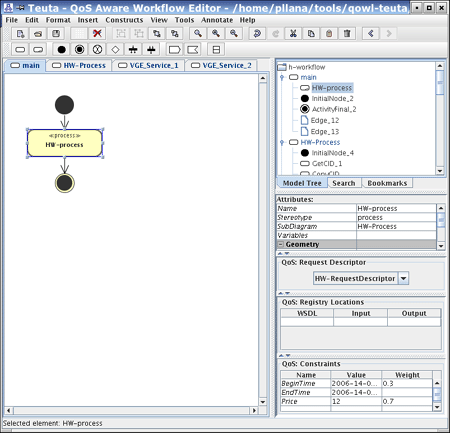
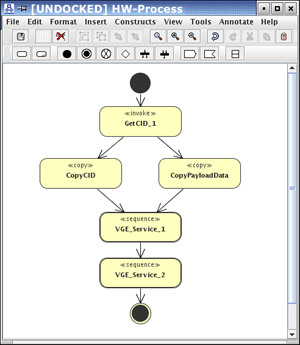
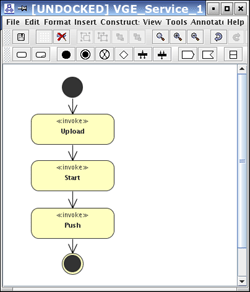
- Selection of the workflow optimization strategy
- QoS-aware workflow reduction
- Negotiation
- Workflow optimization
We distinguish between static and dynamic workflow planning strategies. The decision whether static or dynamic planning techniques should be used, depends on the meta data of the invoked services. If all meta data required for performance prediction is statically known (e.g. the size of the input file), the static planning strategy can be selected. If the meta data is generated or changed during workflow execution, the dynamic planning approach has to be used. Static planning implies the generation of the concrete workflow before the execution of the first workflow activity. In the case of the dynamic planning approach the concrete parts of the workflow are created for the ready-to-start activities during the workflow execution. The Meta Data Flow Analyzer (MDFA) verifies whether the static planning approach is feasible.
The planning for real-world workflows is a NP-hard problem. But, the task of workflow planning may be alleviated by reducing the complexity of the workflow. Commonly, Grid workflows are composed of several activities where some of them are time intensive, cost intensive or security relevant. Such activities determine the QoS of the overall workflow. Other kinds of activities (e.g. control tasks) that do not significantly affect the overall QoS may be neglected during the optimization phase of the workflow planning.
Based on the selected optimization strategy the WF Negotiator queries the specified registries, generates necessary requested QoS and receives offered QoS from services. For the workflow planning only activities selected during the workflow reduction phase are considered.
In case that user's requirements are specified in form of global QoS constraints (GC), analytical or heuristic solvers are needed in order to find services that satisfy the QoS constraints. We apply the Integer Programming (IP) method using the lp_solve package.
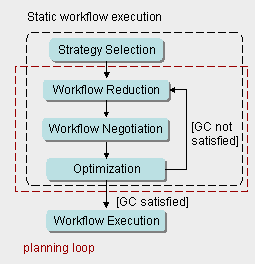
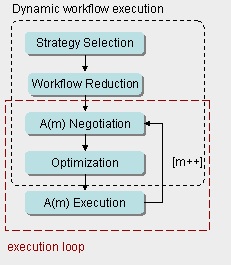
Static workflow planning involves the following steps:
- Strategy Selection
- WF Reduction
- WF Negotiation
- WF Optimization
For the static planning approach global constraints (GC), such as maximum price of the workflow, are specified for the whole workflow. If GCs can not be satisfied after the WF Negotiation and WF Optimization, the workflow is reduced by excluding the first activity of the workflow. The excluded activity is optimized separately from the rest of the workflow by searching for the candidate service that offers the best QoS. In the next iteration only the reduced workflow is considered. However, the user may annotate each activity with the expected average runtime in order to increase the chance to find a solution with fewer iterations. If the GCs are satisfied, the WF execution may start.
In case the execution of certain activities modifies the meta data, the dynamic workflow planning is applied. For each activity A(m) the negotiation and optimization is performed individually before the execution. After the execution of activity A(m), the next activity A(m+1) is considered. This iterative process of dynamic planning is completed when all activities of the workflow are executed.